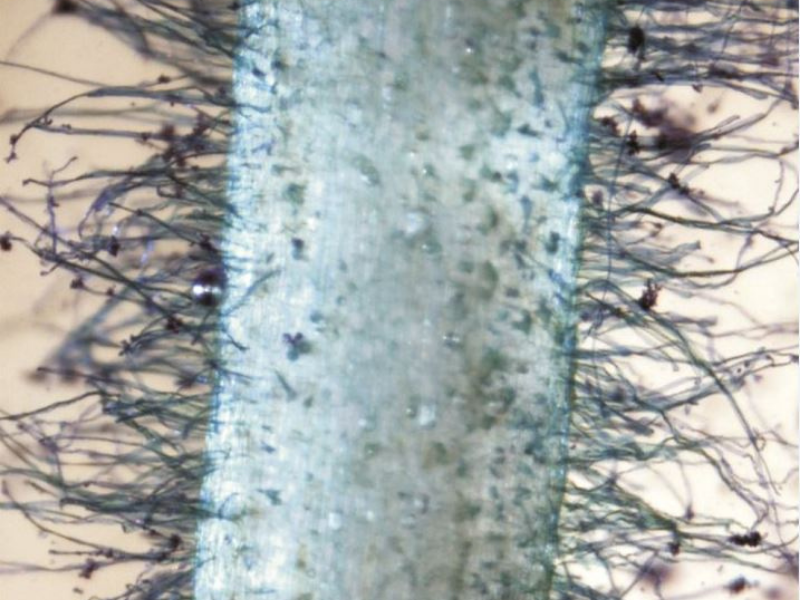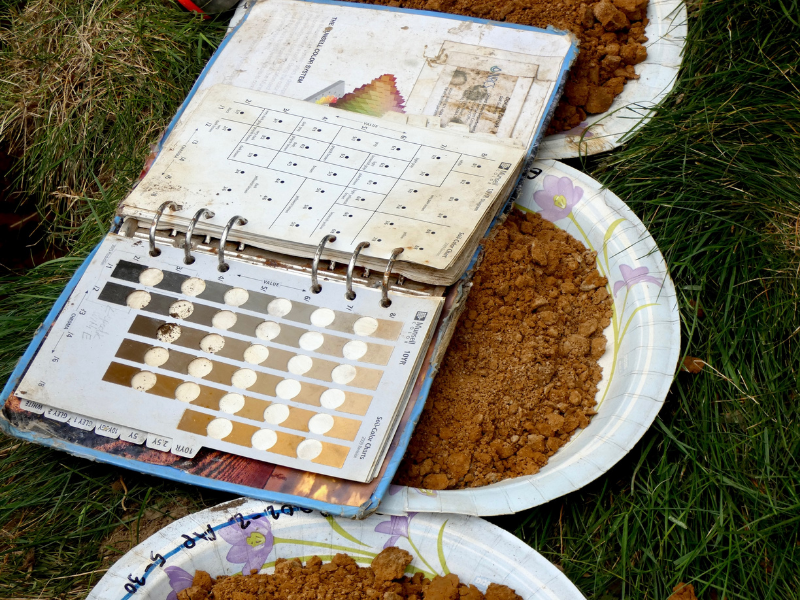Science News

If you’ve ever looked at food labels in your local grocery store, you’ve probably seen soy listed as an ingredient. Even though soy is widespread in our foods, that doesn’t make the production of soy any easier for growers. One challenge facing soy growers is flooding.

Abandoned orchards can be a beautiful sight. The neatly lined rows of trees often stick around for decades. Although beautiful, it may not be as easy to tell that there could be trouble below the surface. Harsh, toxic pesticides used in the past can linger in the soil. They might even make it to the groundwater and nearby wells.

Cowpea is an important crop in many parts of the world, especially sub-Saharan Africa. It is resilient and can grow in areas with little rainfall and low-quality soils. But as hardy as it is, cowpea yields can decrease by drought and low levels of soil phosphorus.

Cover crops do far more than cover soils. They provide an array of benefits, such as the ability to reduce soil erosion and increase soil health. They can help attract pollinators, repel pests, turn into ‘green manure,’ or can be used as feed for livestock.

Baking a cake from scratch has more variables than baking one from a boxed mix. Though one can debate why – and when – cake mixes were developed, they are popular, and produce a uniform product. (They were really patented in the 1930s!)

Studying new fertilizer options is the first step to getting farmers to eventually use them on their crops. A mineral called struvite has the potential to be an effective phosphorus fertilizer that may be considered organic.

After decades of being relegated and regulated, research on industrial hemp as a valuable crop is far behind. That’s because the United States banned the use of hemp in the 1930s. The result was all research about this crop stopped, too. Now that the Farm Bill allows for the growing and use of industrial hemp, researchers have a decades-long gap in knowledge.

Biochar is similar to charcoal and can be added to soil with the goal of improving its quality. It can help increase nutrient and water retention. However, what happens in soil impacts fungi and plants that live there, and it is not always clear how they will react to biochar.

More than half the world’s population lives in urban areas. In the United States, more than 8 out of every 10 people are urbanites. Urban ecosystems often have less diverse animal and plant life compared to natural areas. But that’s not necessarily the case when it comes to microbes.

The world is warming. And fast. By 2050, it’s likely the planet will have warmed by about 3.6 degrees Fahrenheit compared to before the Industrial Revolution. That warming brings substantial changes. Storms will be stronger. People will run their air conditioners more. It will even change when and where our crops grow — and how well they perform.
